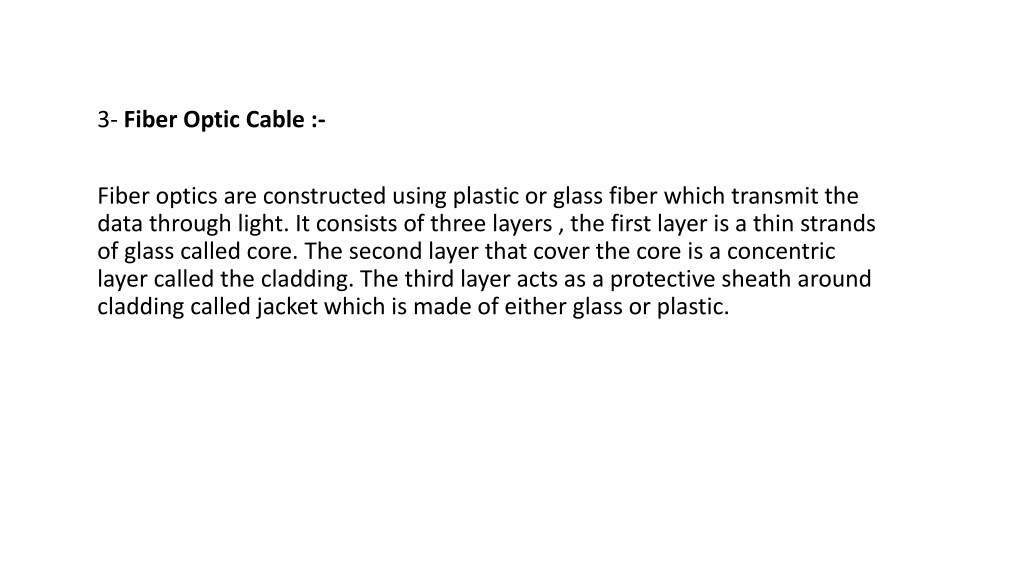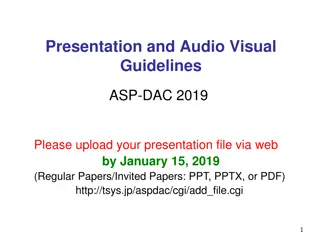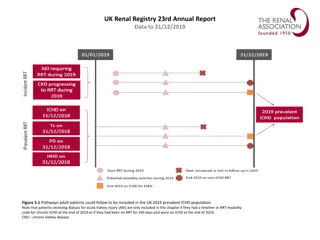
Understanding Fiber Optic Cables and Communication Channels
Learn about fiber optic cables, transmission of data through light, bandwidth, noise impairment in communication, and channel capacity evaluation. Discover the components of fiber optics, benefits of their usage, and types of noise sources affecting signal quality. Explore the mathematical concept of bandwidth and the factors influencing channel capacity.
Uploaded on | 0 Views
Download Presentation

Please find below an Image/Link to download the presentation.
The content on the website is provided AS IS for your information and personal use only. It may not be sold, licensed, or shared on other websites without obtaining consent from the author. Download presentation by click this link. If you encounter any issues during the download, it is possible that the publisher has removed the file from their server.
E N D
Presentation Transcript
3- Fiber Optic Cable :- Fiber optics are constructed using plastic or glass fiber which transmit the data through light. It consists of three layers , the first layer is a thin strands of glass called core. The second layer that cover the core is a concentric layer called the cladding. The third layer acts as a protective sheath around cladding called jacket which is made of either glass or plastic.
Usage of Fiber Optics:- Because of the flexibility. optical fiber is used in telecommunication networking as well as fiber optics communication. Fiber optics are preferred while transmitting data over long distance due to its less susceptibility to attenuation and it requires very few repeaters . They are used in applications such as illumination, imaginary and for decorative purposes.
Bandwidth Mathematically it can be shown that any complex waveform is a made of sine Wave forms of different amplitudes and frequencies with varying phase relationships Amongst each other. Look up bandwidth in Wiktionary, the free dictionary. Bandwidth (signal processing) or analog bandwidth, frequency bandwidth or radio bandwidth: a measure of the width of a range of frequencies, measured in hertz Bandwidth (computing), the rate of data transfer, bit rate or throughput, measured in bits per second (bit/s)
Noise In any type of communication, noise is the biggest impairment. The received signal at the receiver end will consist of transmitted message plus additional unwanted signal that are inserted somewhere between transmitter and receiver distorting the message. There are several types of noise sources, which can abruptly affect the quality of reception signal. The following are some of them
Thermal noise: Due to thermal agitation of electrons. Present in all electronic devices and is the function of temperature. Impulse noise: Due to electromagnetic interference (EMI). They may be present in power lines, or in nature (lightning.. etc) Delay distortion: Due to non-uniform velocities of signals of different frequencies traveling in a guided media. Various frequencies of a message signal will arrive at different delays resulting in distortion.
Channel capacity The maximum rate at which data can be transmitted over a communication channel under given conditions is referred as the channel capacity. There are four parameters involved in the evaluation of channel capacity. Data rate: The rate at which data can be transmitted. Measured in bits per second Bandwidth: The bandwidth of the transmitted signal. Measured in cycles per second (Hz). Noise: The average level of unwanted signals over communication path. Expressed as the ratio between signal and noise.
Error rate: The rate at which error can occur. Then the channel capacity (in cycles per second) according to Shannon s theorem is given by: C = B log2 (1+SNR) Where C in Cycles per second and this is error free capacity B is the bandwidth in Hertz. SNR = 10 log10 (Signal power/Noise power)
Normally this theorem represents maximum channel capacity. Actual values may be much less than as given by the formula. One reason for this is the SNR ratio. The SNR ratio assumes only white noise (thermal noise) where as other noise like impulse noise, attenuation noise and delay noise are not taken into account.















